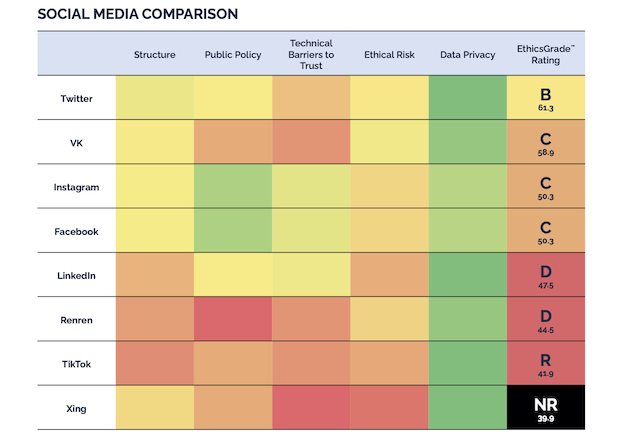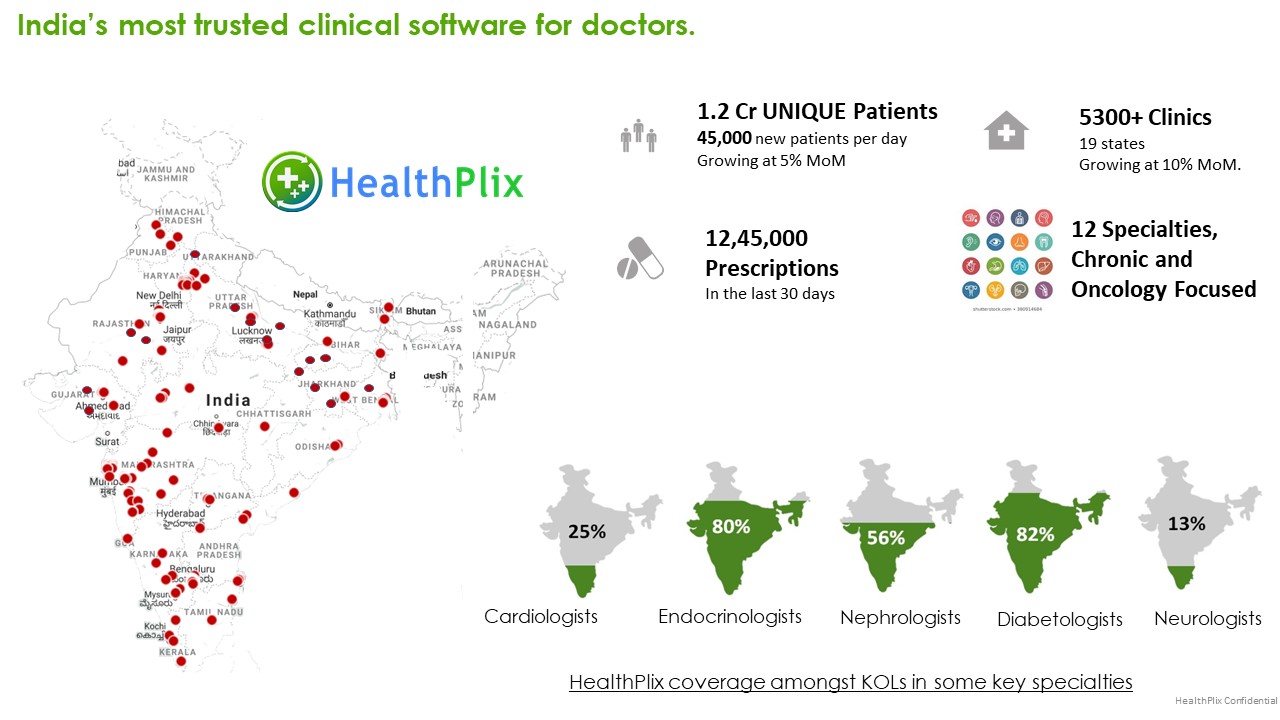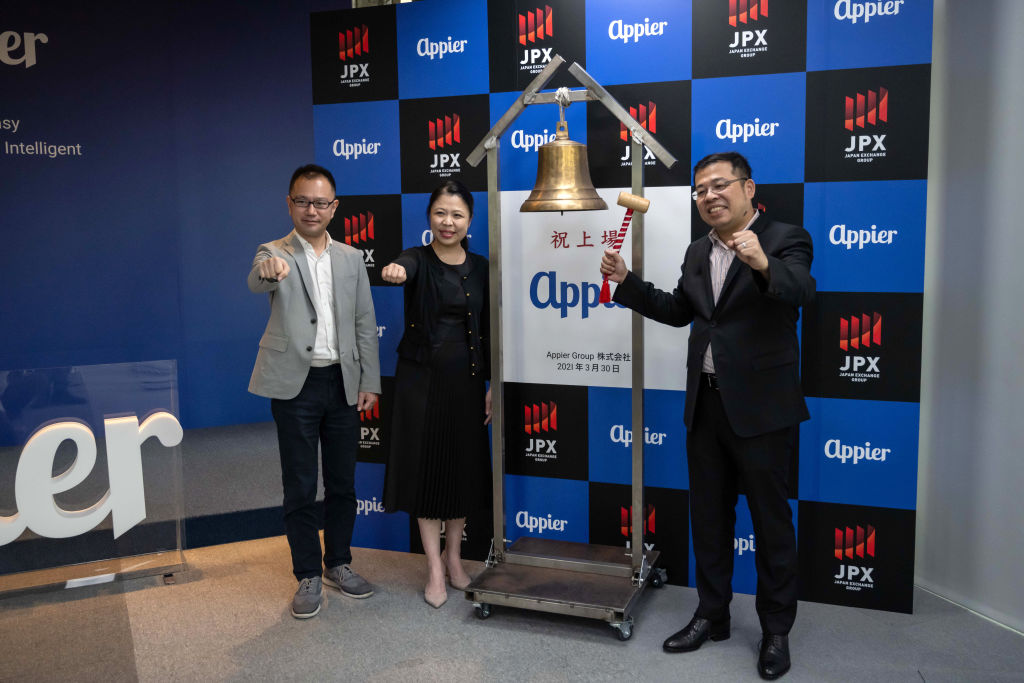Kaya VC’s new €72 million ($80m) fund will focus on startups in Prague, Warsaw and the wider CEE region. Previously called Enern, the Central and Eastern European VC — which, historically, started out investing in wind-farms and ended up invested in software — has changed its name to better reflect its modern focus. The firm will also back startups “at any stage” of funding. LPs in the fund include the EIF and a number of successful entrepreneurs from the region.
This is the team’s fourth fund, and together with the previous funds, the AUM is around €250m. The fund has invested in 27 companies with the latest investments into B2B marketplaces, healthtech and blockchain.
The decade-old Prague-based VC (“KAYA” will be the official naming format) has previously invested in Booksy (raised $70 million in January 2021), Twisto (€16 million this year), DocPlanner (€80m in 2019), and Rohlik ($230m this year). Kaya previously participated in liquidity events for Skype, Wise (formerly TransferWise) and Bolt, UiPath which recently raised $750 million at a $35 billion valuation ahead of an IPO.
Kaya says it will be sector agnostic, with partners following some personal passions: Tomas Obrtac on agri-tech; Pavel Mucha on next-generation consumer experiences; Tomas Pacinda on fintech, and Martin Rajcan focuses on energy transition. All other areas of tech will be looked at. Similar to funds such as Point Nine in Berlin, Kaya says it is an ‘equal partnership’ meaning each partner can make decisions on what to back.
The firm plans to be able to write the first cheque and is also backing super-early ‘studio projects’ which have gone on to raise subsequent funding rounds.
Pavel Mucha, partner at Kaya VC, commented in a statement: “When I initially started investing in local startups in Prague and Warsaw, it was because there was a need to work with people to build something valuable that didn’t exist already. Over the past 10 years, we’ve seen this sector grow and mature, and with that our strategy of backing intrepid founders who are making a difference from Booksy’s Stefan Batory to Rohlik’s Tomáš Čupr.”
Kaya is also part of the Included VC, network, a mentor network for underrepresented groups such as women and people of color. Mucha told me: “We’ve hired through their program, been closely involved and big supporters. We think it’s a great addition to the ecosystem within Europe, and hope to do more. It’s definitely a very meaningful initiative we stand fully behind.”
Martin Rajcan, partner at Kaya VC, added: “Founders coming out of Central and Eastern Europe are globally-orientated, have strong technical skills, and an unmatched hunger for success. It’s these strong fundamentals paired with a next-level intensity that makes them so exciting to work with and we want to support such talent in any way we can. With partners, venture partners, advisors, and scouts across Europe, we’re in a unique position to support founders in the diaspora outside of core cities such as Prague and Warsaw.”
In Turkish the word Kaya means ‘rock’, in Japanese, it’s ‘sanctuary’. Whatever the case, Kaya is in a good position to take advantage of the burgeoning startups in the CEE region. According to Dealroom there has been 5x more foreign investment in the CEE region than in 2015.







